[vc_row full_width=”stretch_row” css=”.vc_custom_1695777493633{padding-top: 230px !important;padding-bottom: 80px !important;background-color: #ffffff !important;background-position: center !important;background-repeat: no-repeat !important;background-size: cover !important;}”][vc_column css=”.vc_custom_1513003956648{padding-top: 0px !important;}”][vc_row_inner][vc_column_inner css=”.vc_custom_1541511875608{padding-top: 40px !important;padding-bottom: 40px !important;padding-left: 0px !important;}” offset=”vc_col-lg-5″][tek_sectiontitle st_title=”San Joaquin Valley
Regional
Group” st_title_tag=”” st_subtitle_tag=”” st_subtitle_decoration=”” st_title_color=”#1e73be” st_subtitle_color=”#ffffff” st_title_size=”42px” st_subtitle_size=”0″ st_separator_enable=”separator_off” st_text_align=”text-left” st_width=”st_fullwidth” css_animation=”kd-animated fadeIn” css_animation_delay=”200″][vc_column_text]Situated between California’s Central Coast and the Sierra Nevada, the San Joaquin Valley region spans eight California counties. Once covered by vast wetlands, Valley Oak savannahs, and desert shrublands, it is now the most productive agricultural region in the U.S. But that has come with an environmental cost to nature and humans. Now the area faces the necessary retirement of up to a million acres of farmland, with the opportunity to restore the land, support wildlife and bring justice to the peoples of the Valley.[/vc_column_text][vc_empty_space height=”10px”][/vc_column_inner][vc_column_inner width=”1/12″ offset=”vc_hidden-md vc_hidden-sm vc_hidden-xs”][/vc_column_inner][vc_column_inner el_class=”boxed-column” css=”.vc_custom_1695774798583{padding-right: 0px !important;padding-left: 80px !important;}” offset=”vc_col-lg-5″][vc_column_text][/vc_column_text][vc_empty_space height=”80px”][vc_single_image image=”2384″ img_size=”full”][vc_empty_space height=”250px”][vc_single_image image=”2536″ img_size=”full” alignment=”center”][/vc_column_inner][/vc_row_inner][tek_divider div_shape=”shadow_line” div_width=”divider_full_width”][/vc_column][/vc_row][vc_section][vc_row][vc_column width=”1/3″][vc_hoverbox image=”2369″ primary_title=”” hover_title=”Tricolored Black Bird” css=”.vc_custom_1695843489316{border-radius: 25px !important;}”]
Tricolored Blackbirds have declined dramatically in the San Joaquin Valley because they rely on wetlands for breeding. Such wetlands are in critically short supply, for reasons that include agricultural water use, and climate change. Restoration efforts aim to increase wetlands and breeding habitat for Tricoloreds and other species in decline.
[/vc_hoverbox][/vc_column][vc_column width=”1/3″][vc_hoverbox image=”2373″ primary_title=”” hover_title=”Vernal Pools”]
Vernal pools form when rainfall lands on soil that has an impermeable layer underground, creating shallow pools. In addition to specialized plants that have evolved to take advantage of these short-term conditions, vernal pools create habitat for endangered fairy shrimp and spadefoot toads, as well as other species. Unfortunately, the vast majority of vernal pools have been destroyed. We seek to preserve and restore the precious vernal pools that remain.
[/vc_hoverbox][/vc_column][vc_column width=”1/3″][vc_hoverbox image=”2368″ primary_title=”” hover_title=”Access” css=”.vc_custom_1695843534160{border-radius: 25px !important;}”]
San Joaquin Valley residents need access to nature. Our coalition seeks to serve communities by helping them to develop resources for outdoor access and provide nature experiences for all.
[/vc_hoverbox][/vc_column][/vc_row][vc_row][vc_column][tek_divider div_shape=”shadow_line” div_width=”divider_full_width”][/vc_column][/vc_row][vc_row][vc_column width=”2/3″][vc_text_separator title=”Regional Spotlight” title_align=”separator_align_left”][vc_column_text]
“During these racial equity times having 30×30 bring together voices of the underserved communities is critical and especially at the beginning stages of this process to help establish plans and projects that mutually benefit people and nature. Allensworth, in SW Tulare County on the old shoreline of Tulare Lake, is essential to these efforts and a seat at the table is important to achieving regional resiliency in the face of climate change. We are excited to participate in this endeavor and share the valuable history with California.”
[/vc_column_text][vc_column_text]
Denise Kadara,
President, Allensworth Progressive Association
[/vc_column_text][/vc_column][vc_column width=”1/3″][vc_single_image image=”2382″ img_size=”medium”][/vc_column][/vc_row][/vc_section]
